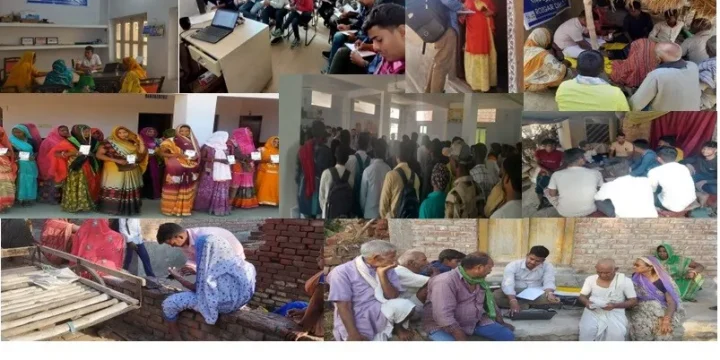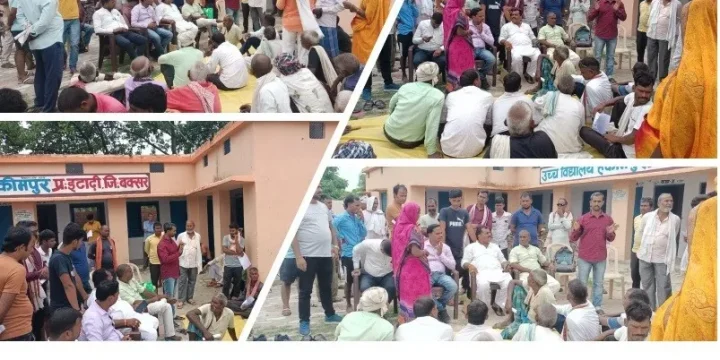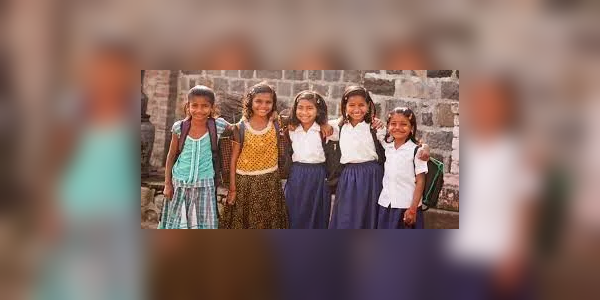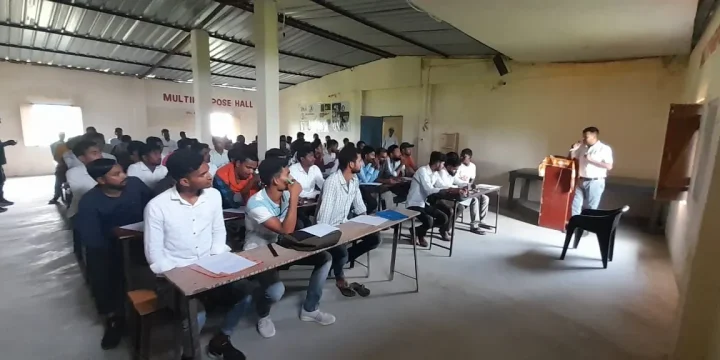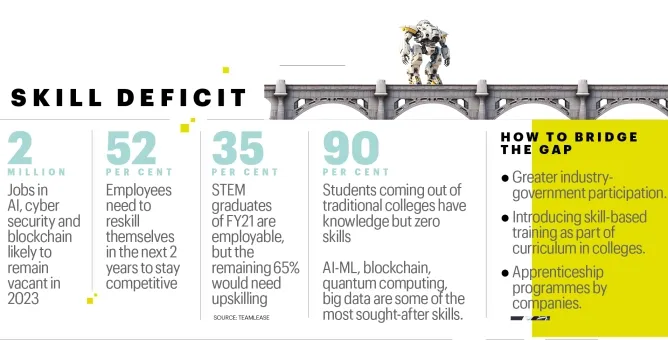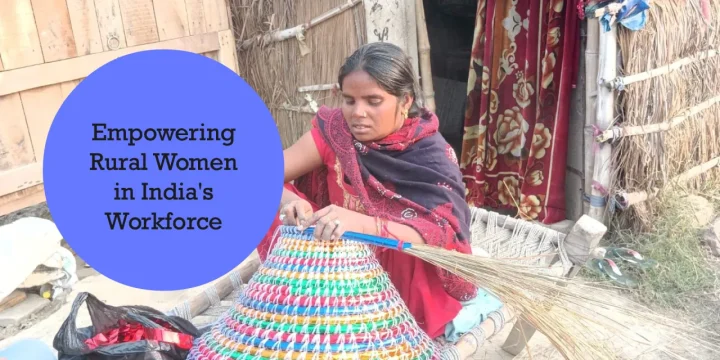
Unlocking Rural India’s Workforce: Empowering Youth for Employment with Rozgar Dhaba
In the heartlands of India, where agriculture thrives and community spirit runs deep, a quiet crisis looms—the employability challenge faced by rural youth. Despite constituting more than half of the country’s population, rural youth often find themselves cut off from meaningful work opportunities. At Rozgar Dhaba, we’re working directly with these young minds, guiding them from uncertainty toward empowered futures.(Employability challenges for rural youth). The Ground Reality: Numbers Don't Tell the Whole Story Government data may suggest that around 8% of rural youth are unemployed, but the actual challenges are far more complex. Many young people are underemployed, working informally, or lacking the skills needed to land sustainable jobs. While rural youth make up approximately 56% of India’s employable population, a large section remains disengaged from the formal economy due…

